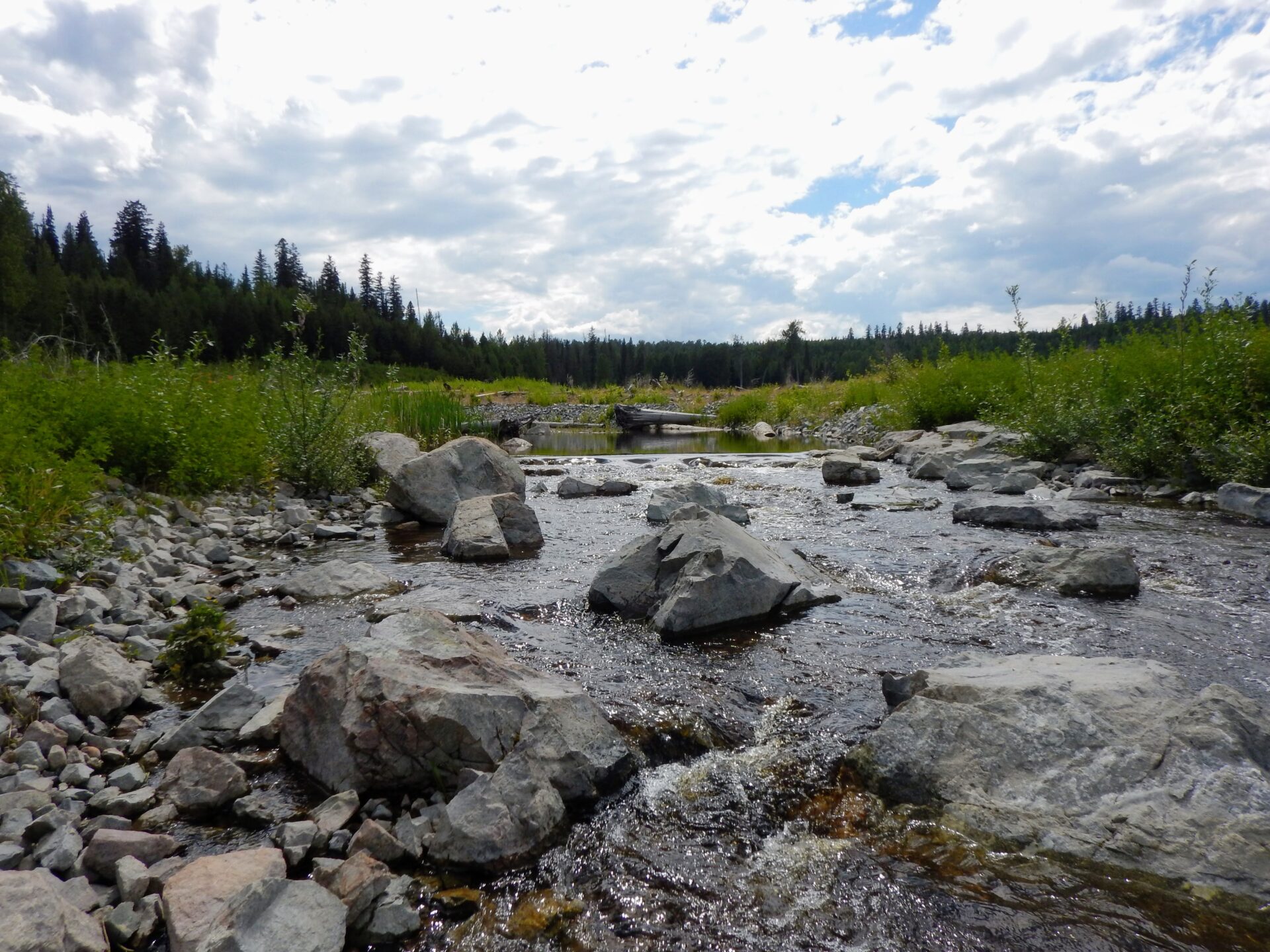Written by C.D. (‘Lyn) Anglin, Anglin & Associates, North Vancouver BC, and member of the Board of Directors, Imperial Metals.
Ten years ago, the Mount Polley Mine experienced a significant environmental event when its tailings dam unexpectedly breached . This led to the release of millions of cubic meters of water and tailings, causing substantial environmental damage. Since then, over $70 million has been invested in environmental repair and cleanup efforts, demonstrating a strong commitment to restoring the affected areas. Here’s a look back at the incident, the response, the progress made over the past decade, and the positive outcomes that have emerged from these efforts.
The Incident
On August 4, 2014, a section of the Tailings Storage Facility (TSF) at the Mount Polley Mine gave way, releasing approximately 25 million cubic meters of water and tailings into the surrounding environment. This breach affected Polley Lake, Hazeltine Creek, Edney Creek and Quesnel Lake, causing extensive environmental disruption. The sudden failure was attributed to weakness in a glacial clay layer beneath the dam, rather than a failure of the dam itself.
Immediate Response
The mine’s emergency response plan was activated immediately. Operations were halted, and efforts were focused on ensuring human safety and mitigating environmental impacts. Thankfully, there were no injuries or loss of human life during the emergency response, a testament to the swift and coordinated action taken by mine personnel and government authorities.
Key actions taken included:
- Securing the Area: Mine staff quickly secured the site and informed local residents, ensuring their safety.
- Stabilizing Polley Lake: a pumping system was set up to reduce the higher-than-normal water level in Polley lake created by the outflow of tailings forming a dam across Hazeltine Creek. Pumping would continue until flow through Hazeltine Creek could be reestablished. This was done to reduce the risk of the dam created across Hazeltine creek failing and causing another discharge down Hazeltine Creek.
- Stop discharge from the Tailings Facility : A rockfill dyke was built upstream of the breach in the tailings dam to stop tailings and water flowing from the facility.
- Sediment Control: Sediment control ponds were constructed to capture sediment and debris and prevent it from entering Quesnel Lake.
Daily conference calls with government agencies, First Nations, and community organizations were held to coordinate the response and keep all stakeholders informed. This collaborative approach was crucial in managing the immediate aftermath of the spill.
Environmental Impact
Mount Polley Mine is known for its non-acid generating (NAG) geochemistry, meaning the spill’s impact was primarily physical rather than chemical. The tailings, composed mainly of inert materials, did not pose a significant chemical threat to the environment. However, the physical damage to the local landscape along Hazeltine Creek and the Quesnel Lake shoreline at the outlet of Hazeltine and Edney creeks was significant.
The area around the mine has a history of mining, forestry, and agriculture, making the restoration efforts even more critical for the local community and ecosystem. The spill scoured Hazeltine Creek, depositing debris and altering the landscape of the creek corridor. The cleanup required a multifaceted approach, addressing both the immediate physical damage and the long-term ecological impact.
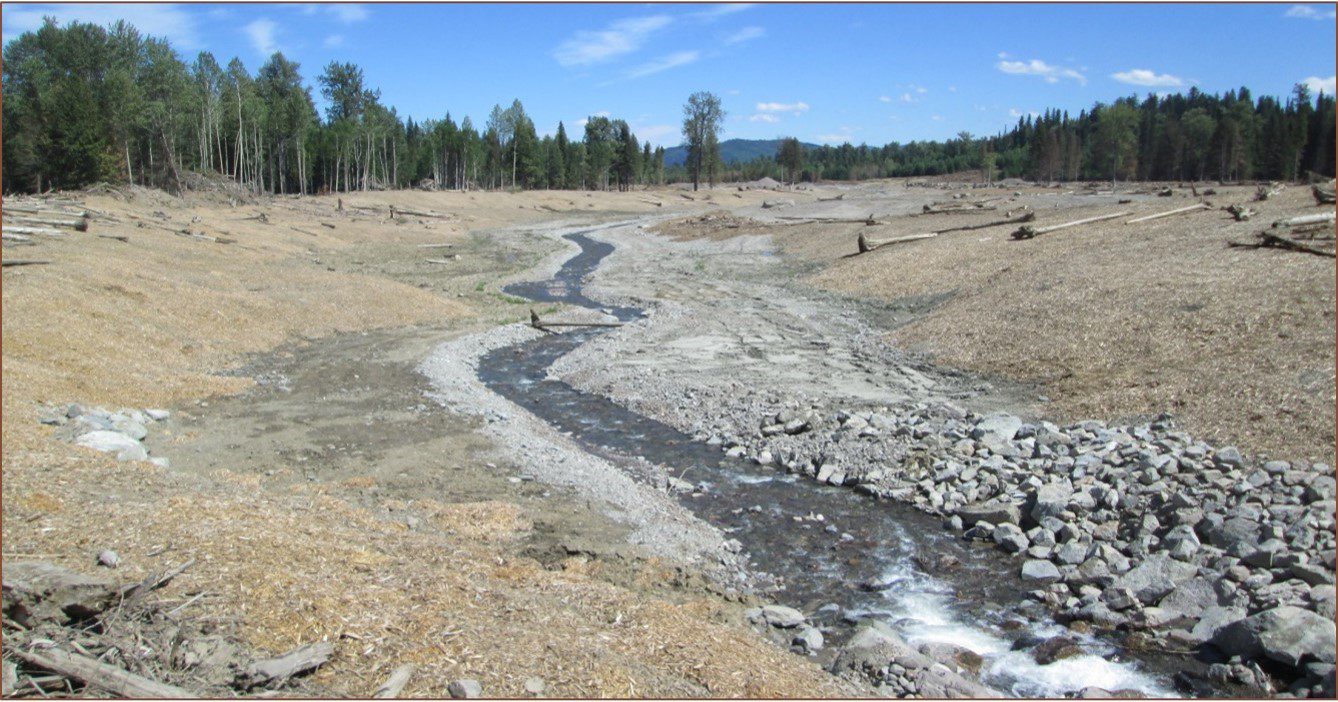

Hazeltine Creek reconstruction September 2015, eleven months after the spill.
Remediation Efforts and Key Successes
Significant remediation work began immediately following the incident, guided by a comprehensive Rehabilitation and Remediation Strategy. This strategy involved extensive collaboration between the mine, government agencies, First Nations, and environmental consultants.
The remediation efforts at Mount Polley Mine have achieved several notable successes over the past decade, marked by a series of milestones:
- 2014-2015: Effective Tailings Cleanup: By September 2014, a rockfill dyke was constructed to prevent further tailings release. During clean-up, all of the spilled tailings that could be removed without doing additional damage to the environment were removed and safely managed.
- 2015: Reconstruction of Waterways: By May 2015, a new channel had been constructed for Hazeltine Creek, allowing clear water flow into Quesnel Lake and revegetation of the creek valley began. The mouth of Edney Creek was repaired, and salmon spawning habitats were installed in Edney Creek for the fall 2015 spawning season.
- 2015-2020: Extensive Re-vegetation: Ground cover seeding was conducted using native grasses and forb, and over 800,000 native shrubs and trees were planted to stabilize the soil and support ecosystem recovery.
- 2015-2021: Creation of Fish Habitats: New spawning and rearing habitat for Rainbow trout was built in Upper Hazeltine Creek. The new habitat was opened to the local Polley lake trout in 2018. In addition, a Rainbow trout hatchery was built in 2018 to further support fish population restoration efforts. Monitoring indicates that the habitat has been very successful in supporting the local trout population. The final fish habitat construction took place in lower Hazeltine in 2021, when salmon spawning habitat was installed. Hundreds of salmon spawners have been observed using this new habitat in 2021 to 2023.
- Ongoing: First Nations Collaboration: Partnerships with local First Nations were integral throughout the remediation process, ensuring that, through the Implementation Committee, the Participation Agreements with each Fist Nation were respected and through the Habitat Remediation Working Group and Elders tours, traditional ecological knowledge was integrated into the restoration efforts.
- Ongoing: Community Engagement: Regular meetings, site tours, and updates kept residents informed and involved, rebuilding trust. The frequency of meetings declined after the first couple of years after the incident. The mine continues to meet with community representatives at its quarterly Public Liaison Committee (PLC) meetings, and holds site visits each year.
- 2023: Award-Winning Efforts: In recognition of their exemplary work, the Mount Polley Mine and the Habitat Remediation Working Group received the Jake McDonald Annual Reclamation Award for their success in restoring the affected landscape and fish habitats.
- Ongoing: Continuous Monitoring: Environmental monitoring has shown steady recovery, guiding adaptive remediation strategies. This ongoing effort ensures the long-term health of the ecosystem.
Collaboration with First Nations
Partnerships with local First Nations have been integral to the remediation process. The Williams Lake First Nation (T’exelc) and the Xatśūll First Nation played active roles in the cleanup and restoration efforts. These collaborations included creek reconstruction, tailings removal, willow cutting, shrub and tree planting, and fish habitat design.
Of particular note, the First Nations retained a fish habitat consultant who provided valuable insights into designing effective habitats for trout and salmon. This collaboration ensured that traditional ecological knowledge was integrated into the remediation efforts, enhancing their effectiveness and cultural relevance.
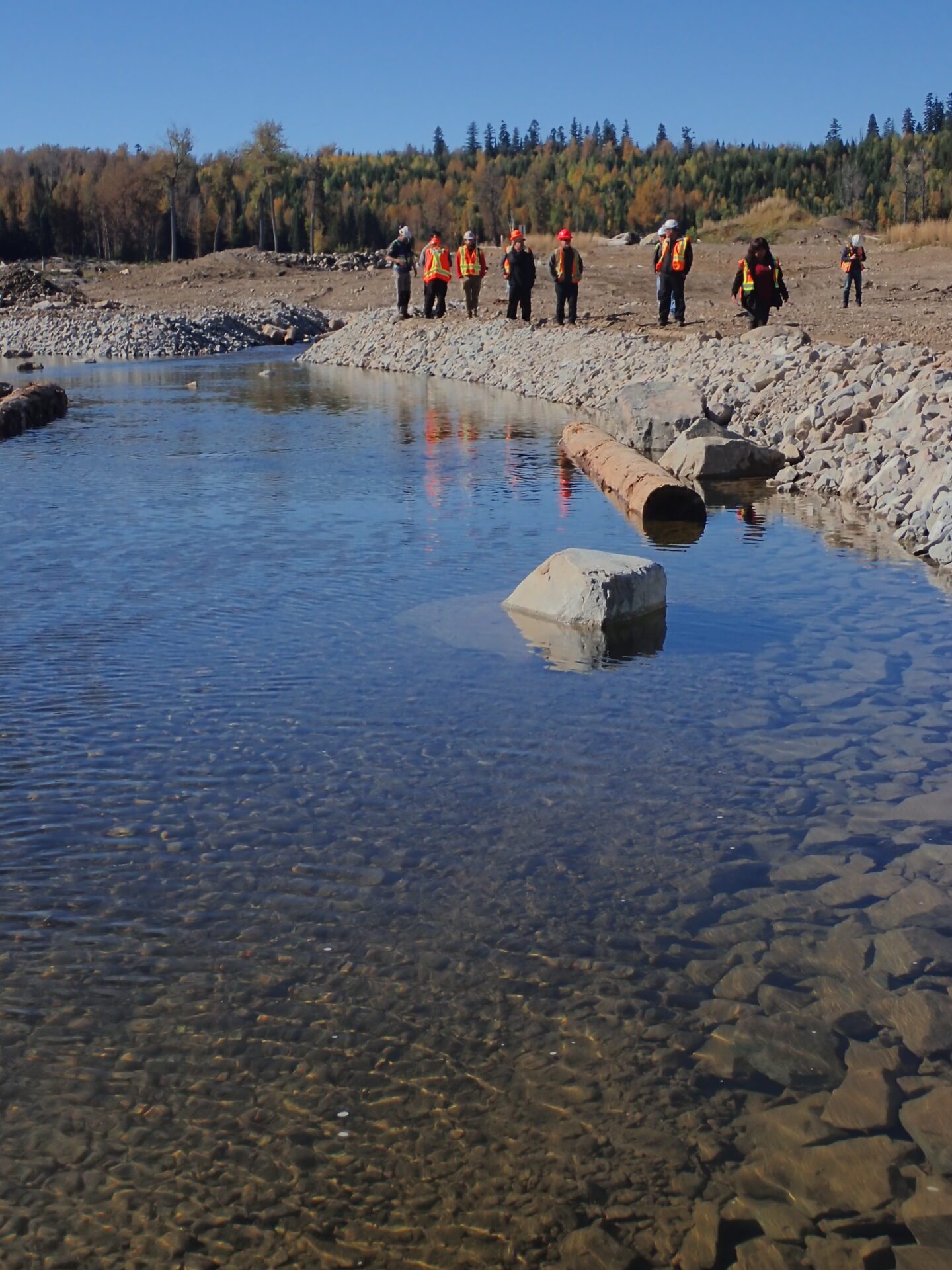

Site visit, October 2020.
Habitat Remediation Working Group
The Habitat Remediation Working Group (HRWG) played a crucial role in the successful restoration of the Mount Polley Mine area. Key members of the HRWG included:
- Representatives from the Williams Lake First Nation and the Xatśūll First Nation
- Provincial government: the BC Ministry of Environment and the Ministry of Forests, Lands and Natural Resource Operations
- Federal government ministries: Fisheries and Oceans Canada,
- Mount Polley Mine staff
- Consultants working for the mine and those working for the First Nations
The HRWG focused on designing and implementing effective habitat restoration strategies, ensuring the integration of traditional ecological knowledge with modern environmental practices. Their work was recognized in 2023 with the prestigious Jake McDonald Award for their exemplary efforts in restoring the affected landscape and fish habitats.
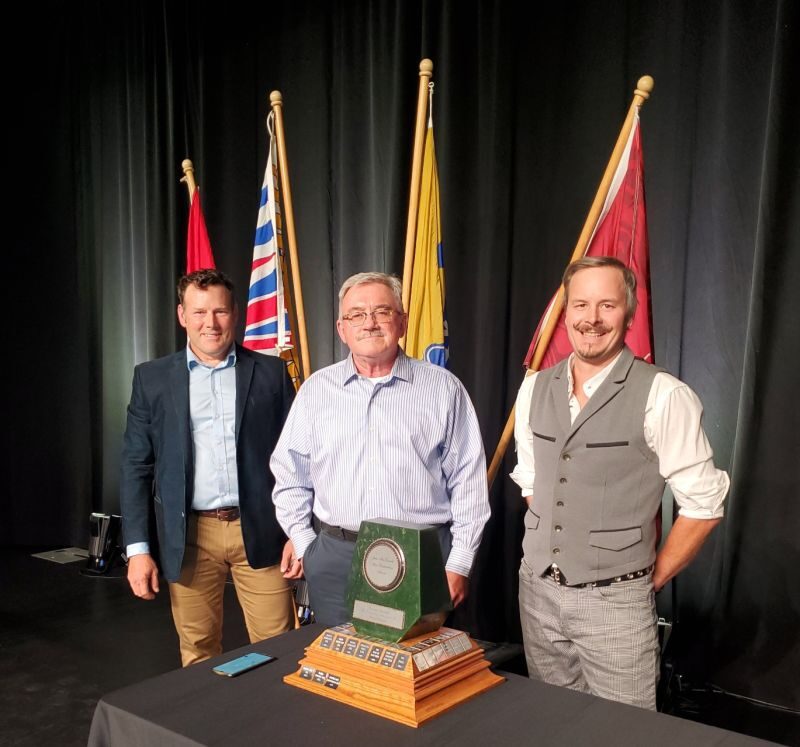

Receiving the 2023 Jake McDonald Annual Reclamation Award from the BC Technical and Research Committee on Reclamation (BCTRCR).
Current Status and Future Plans
As of August 2024, the final touches on the remediation work are underway. Continuous monitoring shows that the affected ecosystems are steadily recovering. The tailings deposited in Quesnel Lake remain stable, and water quality has not been compromised.
The environmental team at the mine continues to monitor and assess the health of the repaired aquatic and terrestrial habitats. This includes regular water quality testing, fish population surveys, and vegetation assessments. The results are encouraging, with significant improvements in ecosystem health observed over the past decade.
Future plans involve ongoing maintenance of the restored habitats, continued collaboration with First Nations and local communities, and transparent communication with stakeholders through regular meetings and reports.
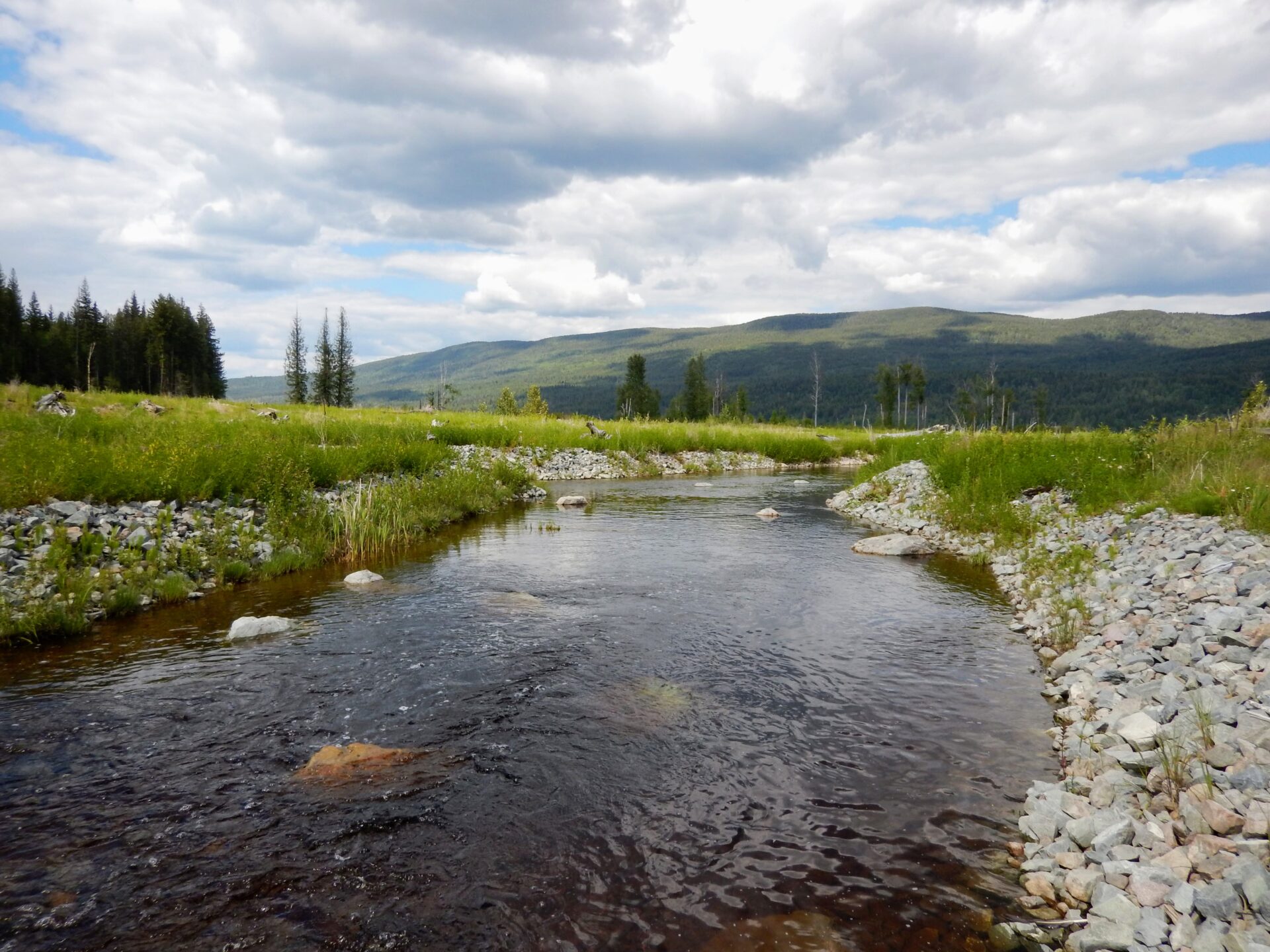

Hazeltine Creek, Spring 2024.
Community Involvement
Communication and transparency have been key to rebuilding trust with the local community. Regular meetings, site tours, and updates have kept residents informed and involved in the remediation process. The Mount Polley Mine Public Liaison Committee continues to provide a forum for discussing ongoing activities and addressing community concerns.
In the first few years after the incident, community meetings were held in Likely, Quesnel, Horsefly, Big Lake, and Williams Lake, providing updates on cleanup efforts and addressing residents’ questions and concerns. These meetings were instrumental in alleviating many community concerns and fostering a sense of community involvement and ownership of the remediation process.
Site tours have also played a crucial role in rebuilding trust. By inviting community members, school groups, and local leaders to see the progress firsthand, the mine demonstrated its commitment to transparency and accountability.
The mine continues to hold meetings of its Public Liaison Committee (PLC) every three months, and provide tours to the PLC and the public.
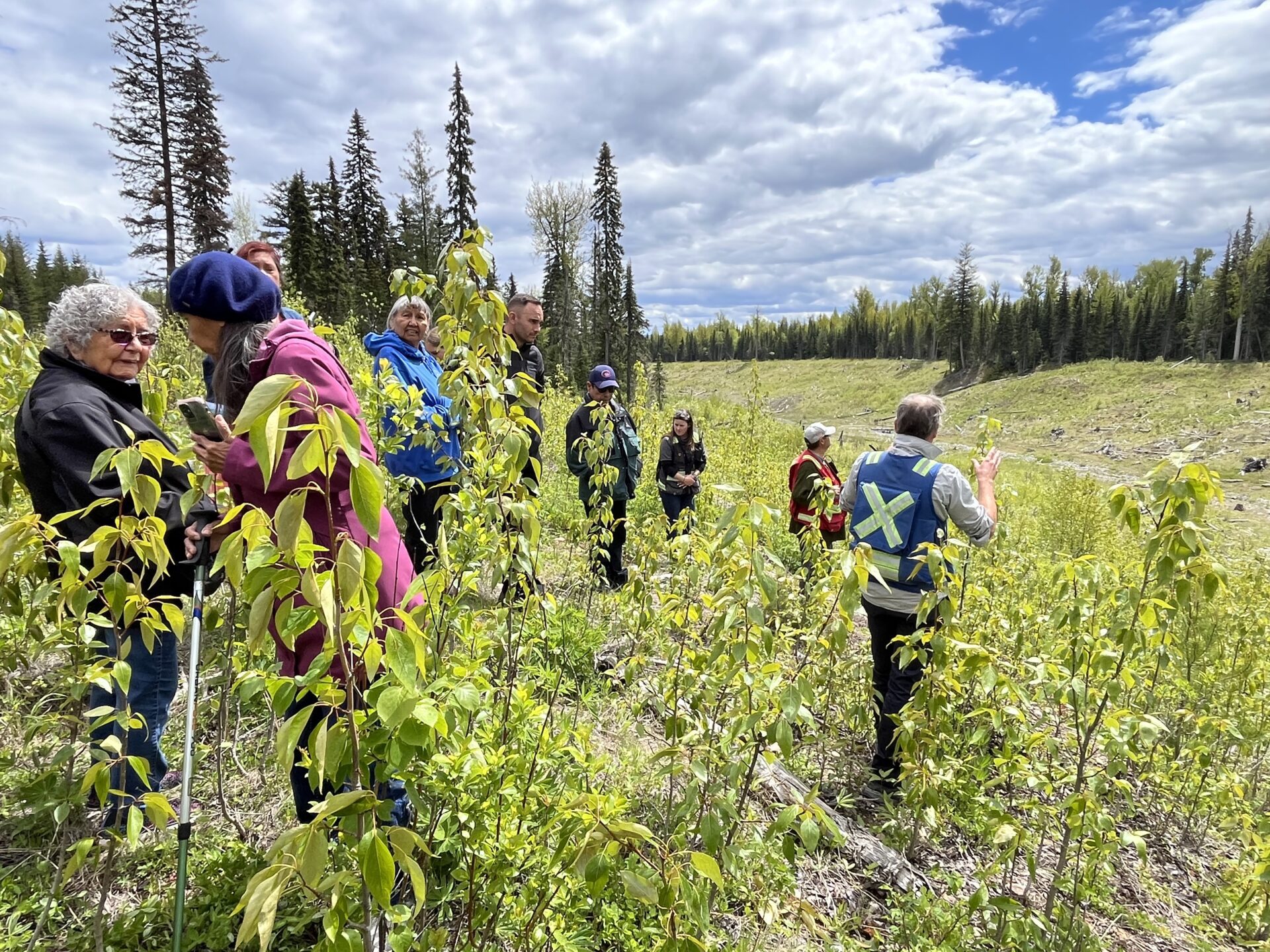

Touring the remediated landscape with Elders of the Williams Lake First Nation, June 2024.
Personal Insights
The progress made in the past decade was and continues to be impressive. During a field trip of over 200 mine reclamation specialists in 2018, participants expressed amazement at the extent of the cleanup and habitat restoration. At present, the success of the fish habitats in Hazeltine and Edney Creeks is particularly noteworthy, with populations of both rainbow trout and sockeye salmon regularly spawning and thriving in the remediated creek habitats.
Despite the successes, several challenges were encountered during the remediation process:
- Communication Barriers: One of the biggest hurdles was effectively communicating the facts about the spill to the media and the public. Misinformation, especially regarding water quality and fish health, created fear and apprehension among local communities, particularly First Nations.
- Addressing Misconceptions: For the first few years after the spill, the incident was often inaccurately described as toxic, despite testing showing the tailings were not chemically harmful. Overcoming these misconceptions required extensive efforts in public education and transparency.
- Building Trust: Rebuilding trust with the local community and stakeholders was a significant challenge. Regular community meetings, site tours, and transparent sharing of monitoring results were essential to regain confidence and demonstrate the mine’s commitment to remediation.
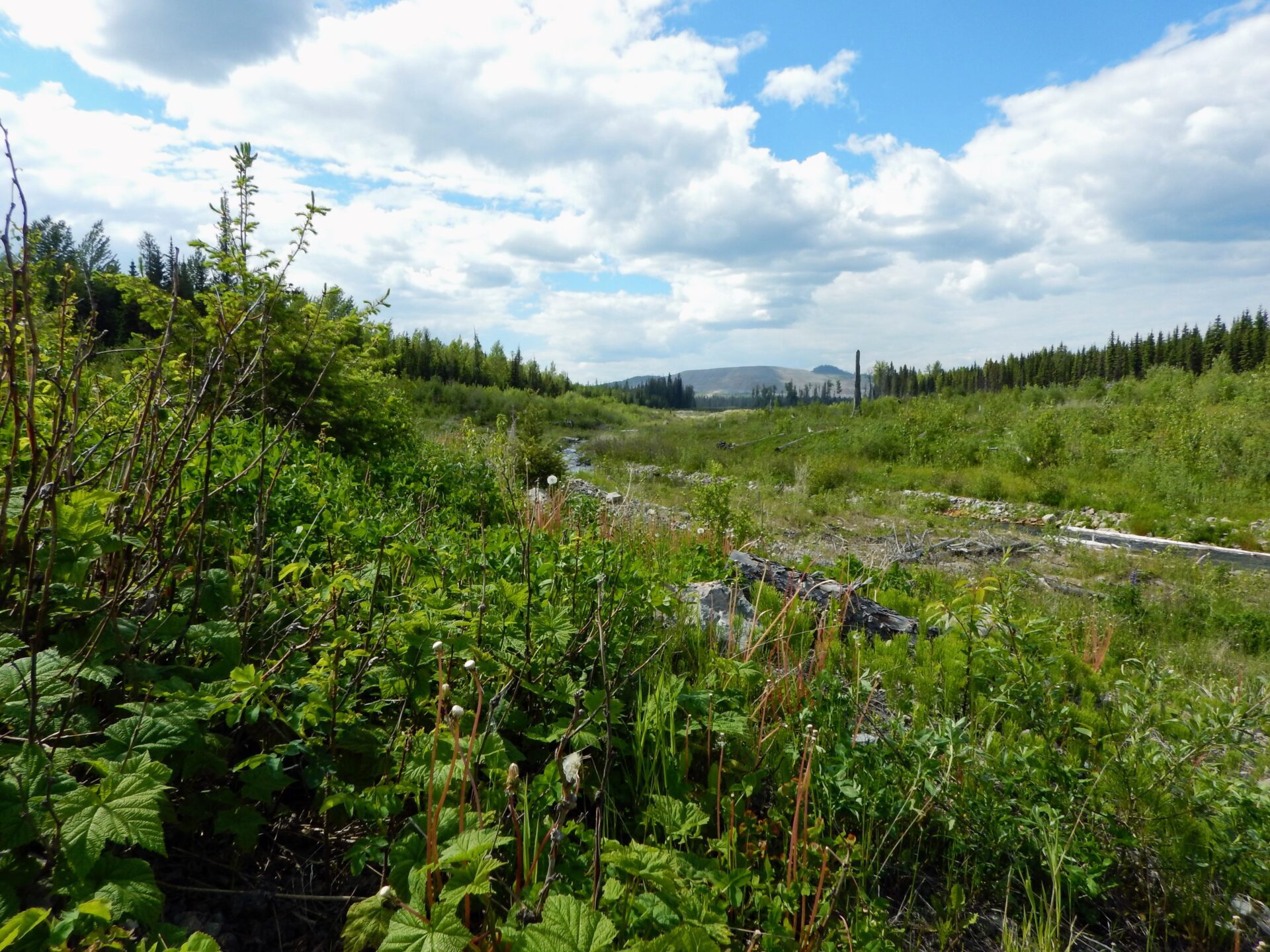

Hazeltine Creek Reach 3, summer 2024.
The Mount Polley Mine tailings spill was a significant environmental event, but the response and remediation efforts have been equally remarkable. Through collaboration, transparency, and a commitment to environmental stewardship, the mine and its partners have made substantial progress in restoring the affected areas.
For more information and regular updates, please visit our website at mountpolley.com or attend our community meetings.
